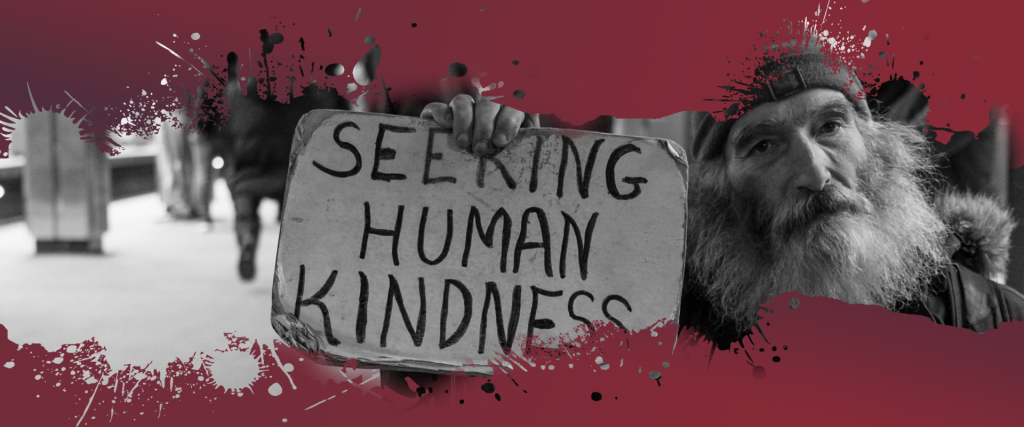Status of Women in Islam
“He created you from a single being, then of the same kind made its mate.” (39:7)[1]
This verse from chapter 39 of the Holy Quran simplifies the centuries long debate: that men and women were created equally, and that they would have equal status in the society in which they coexist. This teaching, and the example of the Holy Prophet (pbuh) set the foundation for the revolutionary change in status of women, in a society where being born and existing as such was almost shameful. A single man, a liberator, excised women from the shackles of enslavement.[2]
Prior to the advent of the Holy Prophet (pbuh), a woman could not hold or own any property of her own. In fact, it would belong to her husband. She had no right to inherit the wealth of her father or husband, although in certain countries she was allowed to be the caretaker of her husband’s estate during his lifetime.[3] Furthermore, once a woman was married, she was considered to be the property and the lawful right of her husband and was not permitted to divorce. As well, a mother had no say in the upbringing of her children.
This changed when the Holy Prophet (pbuh) professed that in the name of God Almighty, “…men and women…in their coexistence just as men have certain rights over women, similarly women have certain rights over men.”[4] Thus, women could own property, inherit the wealth from her father or husband, and even seek a divorce, all bestowed over 1400 years before the campaigns of any modern government or civil rights group. Unfortunately, as with any progressive and reformist ideology, society did not initially accept these teachings, as history can attest.
It would not be until the resurgence of the Women’s Suffrage Movement and their repeated efforts that women over the age of 21 would be allowed to vote in a general election due to the Representation of the People Act in 1928.[5] The passing of the Law of Property Act in 1922 allowed wives to inherit their husband’s property, and in 1926 a woman had the legislative right to hold and own property similar to that of a male.[6]
Western societies oftentimes regard women in Islam to be substandard citizens who are still lacking their basic rights. However, it is worth questioning that a society which considers itself to be highly advanced and at the forefront of civil rights and justice, only granted women their basic rights a mere 100 years ago. In contrast, Islam had done so at its advent over a millennium ago. Although these rights have been granted, it is debatable whether modern Muslim regimes do justice in implementing them. As International Women’s Day approaches on the 8th of March, it can serve as an opportunity to reflect on the current status of women’s rights and an invitation for further action on a personal and societal level.
References:
- Ahmad, Mirza Bashir-ud-Din Mahmud. (2015). Muhammad (peace and blessings of Allah be upon him): The Liberator of Women. Islam International Publications Ltd. Retrived from https://www.alislam.org/library/books/Muhammad-the-liberator-of-women.pdf.
- British Library Learning. (2018, Feb 6). Women’s Suffrage Timeline. British Library. https://www.bl.uk/votes-for-women/articles/womens-suffrage-timeline.
- The Holy Quran: Arabic Text and English Translation (2005). (Maulawi Sher Ali, Trans.). Surrey, UK: Islam Publications Ltd.
- UK Parliament. (2021). Marriage: property and children. UK Parliament. https://www.parliament.uk/about/living-heritage/transformingsociety/private-lives/relationships/overview/propertychildren/#:~:text=Women’s%20property,-This%20allowed%20any&text=In%201922%2C%20the%20Law%20of,the%20same%20terms%20as%20men.
Footnote:
[1] Translated by Maulawi Sher Ali (2005), The Holy Quran: Arabic Text and English Translation. Surrey: Islam International Publications Ltd., 39:7.
[2] Hazrat Mirza Bashir-ud-Din Mahmud Ahmad (2015), Muhammad: The Liberator of Women. Surrey: Islam International Publications Ltd., p. 10.
[3] Ahmad (2015), p. 3.
[4] Ahmad (2015), p. 6.
[5] British Library Learning (2018). Women’s Suffrage Timeline. Retrieved from https://www.bl.uk/votes-for-women/articles/womens-suffrage-timeline
[6] UK Parliament (2021). Marriage: property and children. Retrieved from https://bit.ly/2P1cvP5





